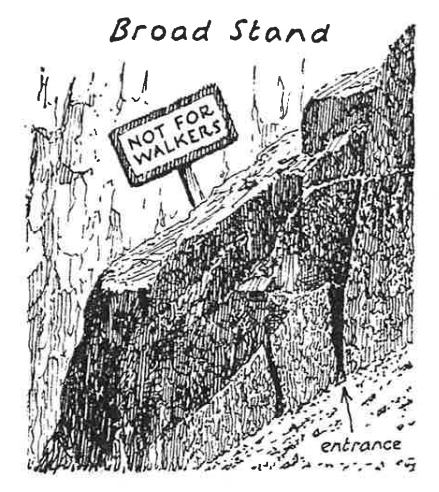Litigation and fellwalking
Richard Harrison finds a pictorial metaphor in the Pictorial Guide.
There is a danger in extracting too much from analogies but sometimes a good one occurs and the process become fun.
In the febrile atmosphere of post-Mitchell civil justice with confusing daily developments and refinements, we all have a need to get lungfuls of air and lift up our eyes to the hills. But, even there, we find reminders.
Under the pre-Jackson model of litigation, the process of climbing the mountain of justice involved planning and co-operation between members of the expedition. You looked up to the peak and you worked out the most effective route of ascent. Discussion took place. Rest could be taken, resources managed and problems overcome. Refreshments would be shared at appropriate junctures. One party might make progress; the other party might rest and catch up. Energy could be expended and recouped where planned. Settlement might be achieved at a suitable point and the summit gained, with efficiency and safety.
Under the Jackson/Mitchell philosophy, the parties are set before a sheer cliff face and told to prepare their equipment, make sure it approved and then scramble to the top within strict time limits. If one should fall off, then that is just too bad. There is no mutual assistance allowed: the goal is a swift and flawless ascent.
In short, the previous model is this:

What we are now faced with is this:

The chief disadvantage of this way of gaining an objective, to anyone other than a rock climbing masochist, is the fact that every challenge, every danger, every use of resource must be confronted and overcome at the outset. For litigators with sensitivity to the commercial requirements of clients with competing priorities, it is painful to have to present them with this lack of options.
"If you want to get involved in litigation", you must say, "you must be prepared to devote everything to running at the cliff face, to give it utmost priority, to commit to responding to demands and to budget for every eventuality at the earliest stage." This is never going to be popular. What is wanted is flexibility of commitment which will enable swifter and more beneficial resolution. Those in charge of our reformed system have lost sight of this notion of litigation as a carrot, not a stick.
In Book Four of A. Wainwright's "Pictorial Guide to the Lakeland Fells: The Southern Fells", an account is given of various means of ascending Scafell – England's second highest mountain – but to many preferable to its neighbour, the Pike.
Two routes are worthy of note. The ascent from the village of Boot in Eskdale is six miles and involves 3100 feet of ascent. Apart from noting a "stiff pull up to Slight Side", Wainwright confirms that this is the "“easiest way to Scafell's top from any direction".
Another route may present itself to the walker who attempts to link the two great mountains.

"The greatest single obstacle confronting ridge walkers on the hills of Lakeland is the notorious Broad Stand, with which every traveller from Scafell Pike to Scafell comes face to face at the far end of the Mickledore traverse. Obstacles met on other ridges can be overcome or easily by-passed; not so Broad Stand. It is an infuriating place, making a man angry with himself for his inability to climb the thirty feet of rock that bar his way to the simple rising slope beyond."
So the Jackson reforms and their interpretation by the Court of Appeal has driven us from the collegiate and effective ascent from Boot and left us, vulnerable and trembling, to start our quest at the bottom of Broad Stand. Wainwright himself recounts on many occasions getting so far through the rocks and retreating, he noted that "his continued disappointment is amply compensated by the pleasure of going on living". Jackson gives us no such choice.
Richard Harrison is a partner at Laytons Solicitors LLP
Quotation and Broad Stand illustration from A Pictorial Guide to the Lakeland Fells: The Southern Fells by Alfred Wainwright, published by Frances Lincoln Ltd. Copyright © The Estate of A. Wainwright 1960, Reproduced by permission of Frances Lincoln Ltd.
Richard Harrison
Laytons Solicitors LLP
2 More London Riverside
London SE1 2AP